Biodiversity protection and resilient communities in Malawi
1 May 2025
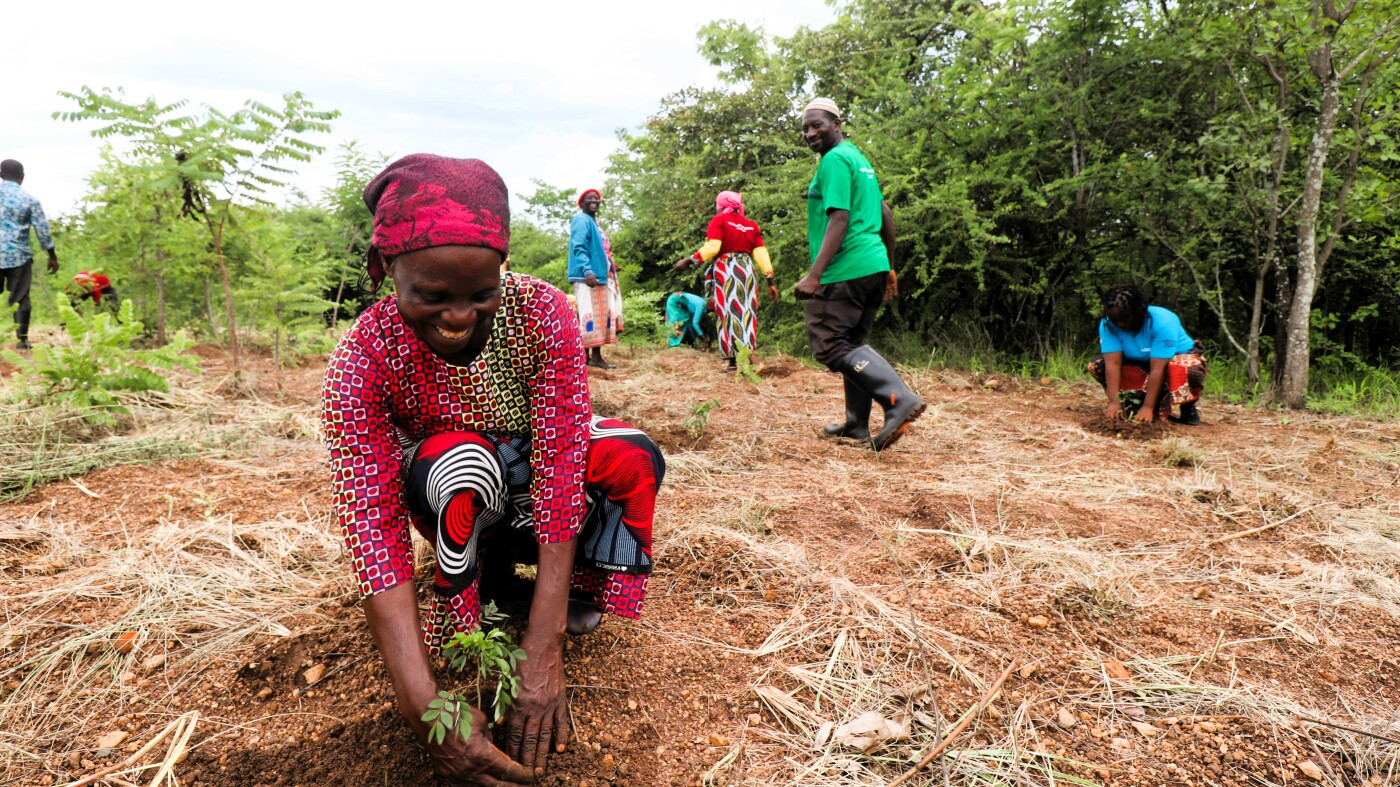
This piece, written by Chris MacLullich, SCIAF's Malawi Programme Officer, reflects on how community-led planning and management is crucial to biodiversity protection and creating resilient communities in Malawi.
In February 2025, I spent some time with the communities and partners working together to deliver an amazing project that tackles the interconnected challenges of environmental degradation, climate change, and poverty in Malawi.
SCIAF believes that it is vital to support efforts that simultaneously improve the environment and support the livelihoods of the poorest. The need for this integrated approach is nowhere clearer than in the communities on the banks of the rivers that feed into Lake Chilwa.
Here, with increased extreme climate shocks happening every year, deforestation, soil erosion and siltation of the lake, are devastating the lives of the poorest.
This project, which began in 2023, is funded by Jersey Overseas Aid (JOA) with SCIAF as the lead agency. The project is delivered in Phalombe, Machinga, and Zomba, working closely with partners Trocaire, CARD, ICRAF, and Cisonecc.
In the villages we visited along the banks of the rivers that flow into the lake, I was swept along by the enthusiasm of the people involved, many of whom are marginalised women and young people, as well as people with disabilities.
Lake Chilwa is a vital resource for the surrounding communities, providing water, food, and livelihoods but is facing severe environmental challenges. Disastrous dry spells cause the lake to shrink. At other times, there is flooding and siltation, which makes the lake shallower. These drastic fluctuations have significant impacts on biodiversity and the livelihoods of the local communities.
From a group of young farmers, I learnt how the recent growing season was hugely impacted by El Niño-induced dry spells. They explained that there is a huge need to increase the resilience of their communities to these climatic shocks, and one way to do this is to regenerate the environment they depend on. Part of the project is to regenerate communal forest areas, to plant trees and bamboo on the riverbanks and to promote agroecological practices, all of which are crucial in reducing the loss of precious soil and water. Villages have organised themselves to develop water usage rights and the project has established 7 new water points, significantly improving access to clean water, and reducing the risk of cholera which has had devastating effects in recent years. Recent studies have also shown that in the lake itself, there are signs that biodiversity is recovering.
A woman involved in the project explained that the work has been transformative. In addition to mobilising the community to regenerate the natural environment, community members have also been supported to join village savings and loans associations, to plant and sell a wider range of crops, to rear goats and to start new businesses. Their income has increased significantly and many have been able to save and start new businesses. There is a shared sense among the people involved that they have the tools and knowledge to protect their environment and to increase the income their families need. There has also been a significant positive shift in the active participation of women, youth and people with disabilities in the social and economic life of the community, particularly in leadership positions.
Looking ahead, the project aims to continue its work in key hotspots of environmental vulnerability across the Lake Chilwa Basin over the next two years. The focus will be on further strengthening community structures, expanding agroecological practices, and enhancing water management - while also improving livelihoods for participating families for the future. A key strength of this project is the integrated and inclusive approach, empowering the most marginalised to take a lead in making their communities thrive and to be resilient to the climatic challenges they face.
Photos taken in a community in Phalombe District.
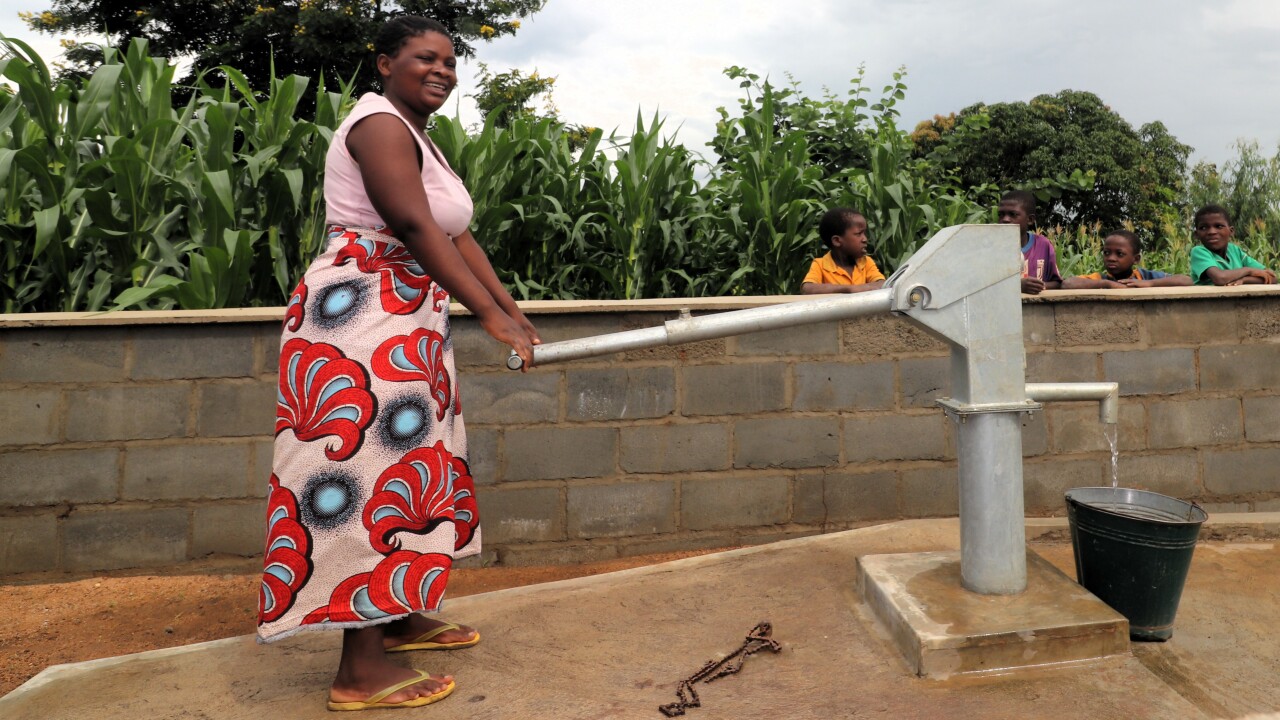
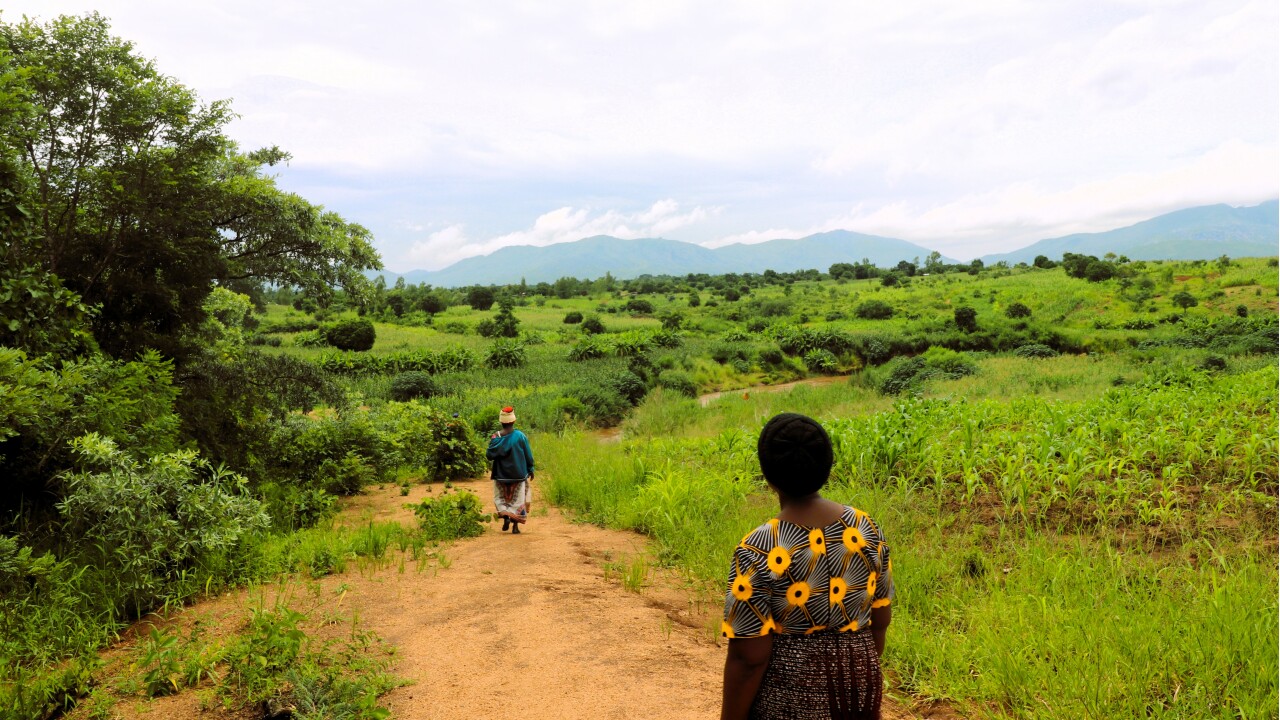
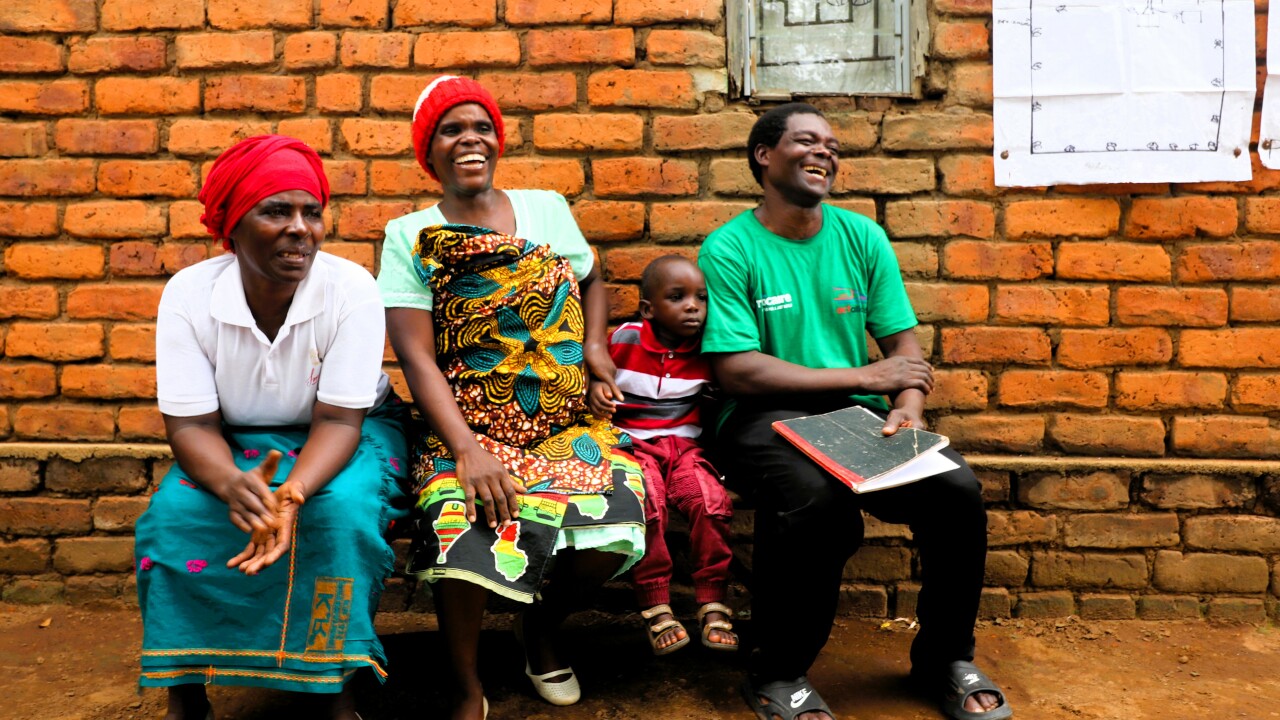
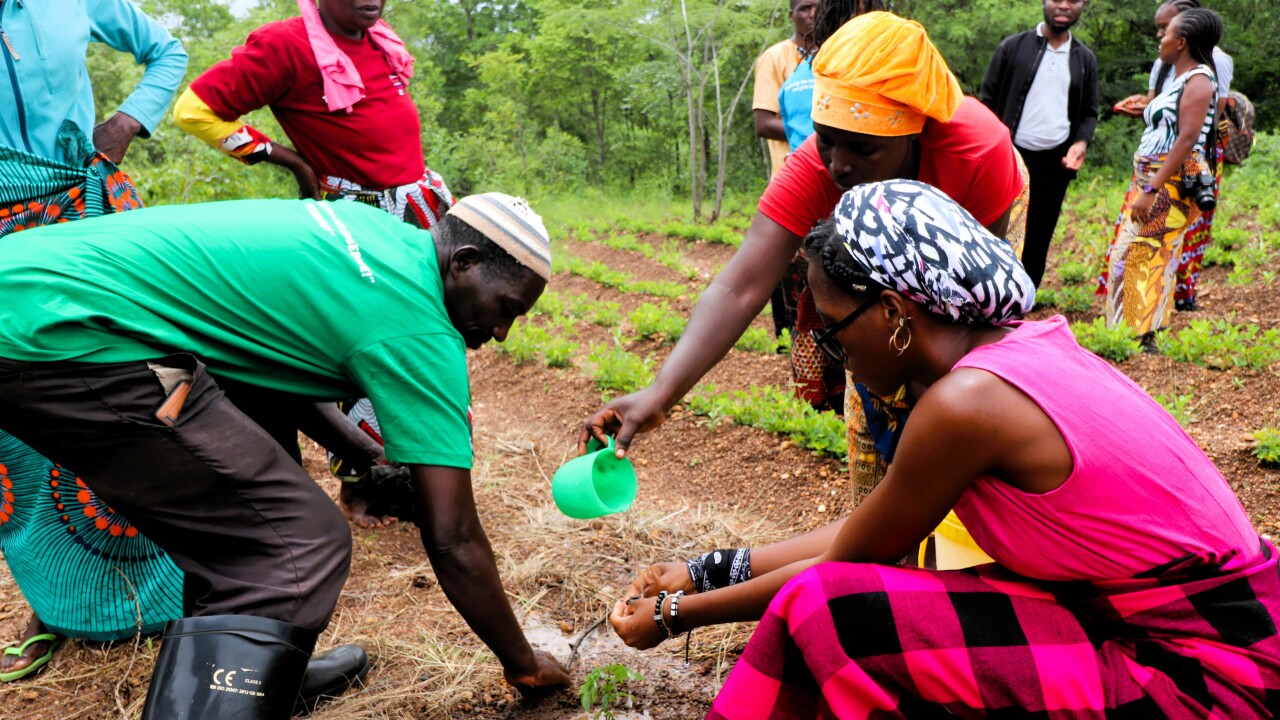

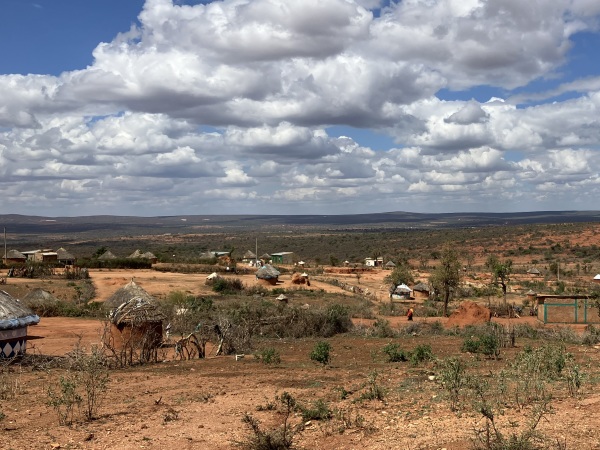
In Borena, Ethiopia, droughts continue to threaten families' livelihoods, year after year.
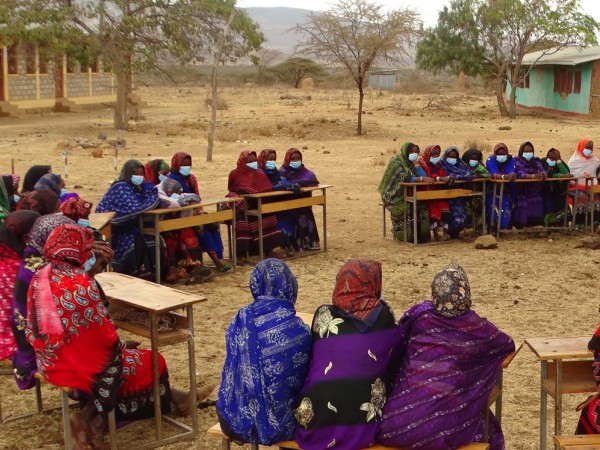
This project, supported by Jersey Overseas Aid, improves milk production and helps farming families sell their product at market.

Scottish Government's HEF funding provides food for the most vulnerable people in Malawi.